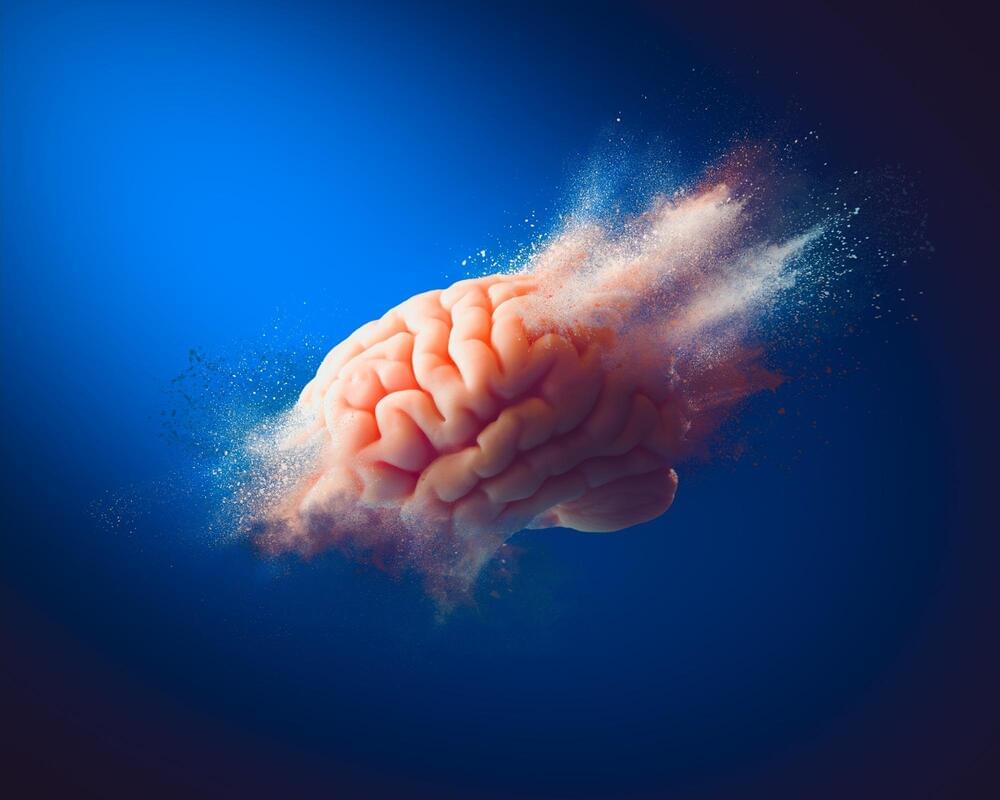JWST’s recent observations of two quasars from the universe’s infancy reveal crucial insights into the early relationship between black holes and their galaxies, echoing mass ratios seen in the more recent universe.
New images from the James Webb Space Telescope (JWST) have revealed, for the first time, starlight from two massive galaxies hosting actively growing black holes – quasars – seen less than a billion years after the Big Bang. The black holes have masses close to a billion times that of the Sun, and the host galaxy masses are almost one hundred times larger, a ratio similar to what is found in the more recent universe. A powerful combination of the wide-field survey of the Subaru Telescope and the JWST has paved a new path to study the distant universe, reports a recent study in Nature.
Observations of giant black holes have attracted the attention of astronomers in recent years. The Event Horizon Telescope (EHT) has started to image the “shadow” of black holes at the galaxy centers. The 2020 Novel Prize in Physics was awarded to stellar motion observations at the heart of the Milky Way. While the existence of such giant black holes has become solid, no one knows their origin.






